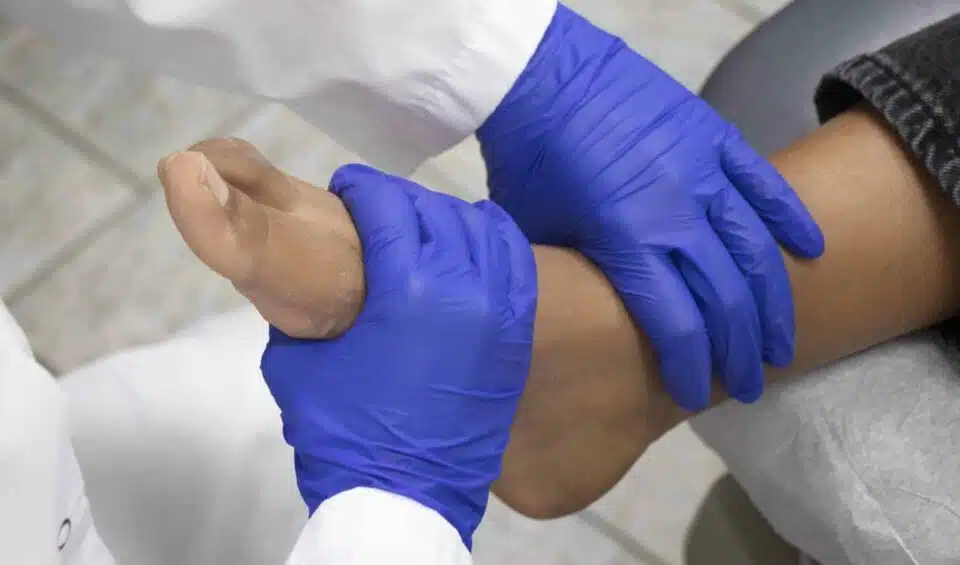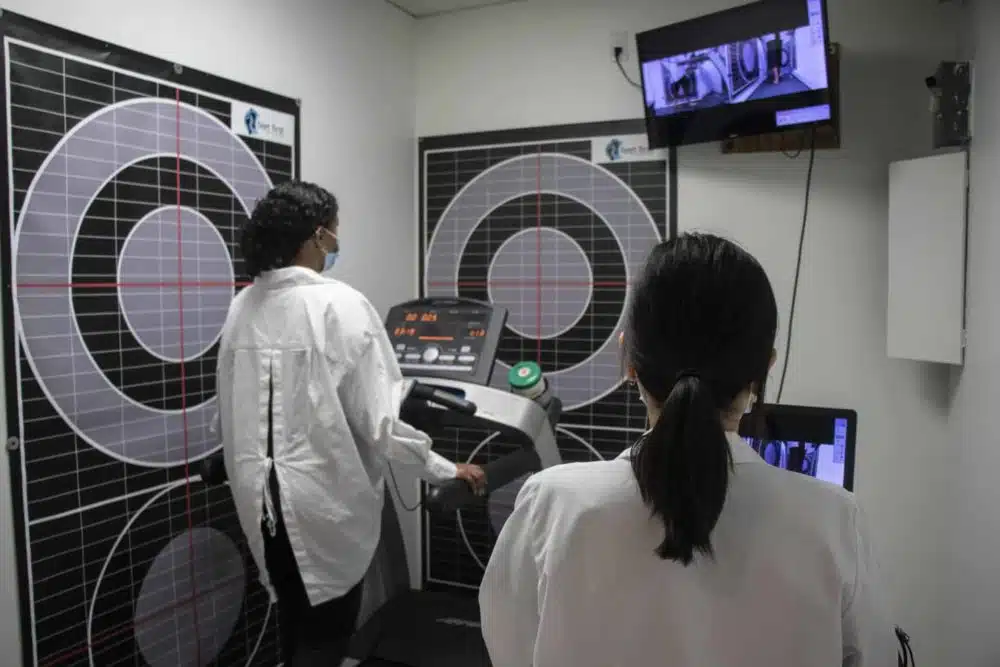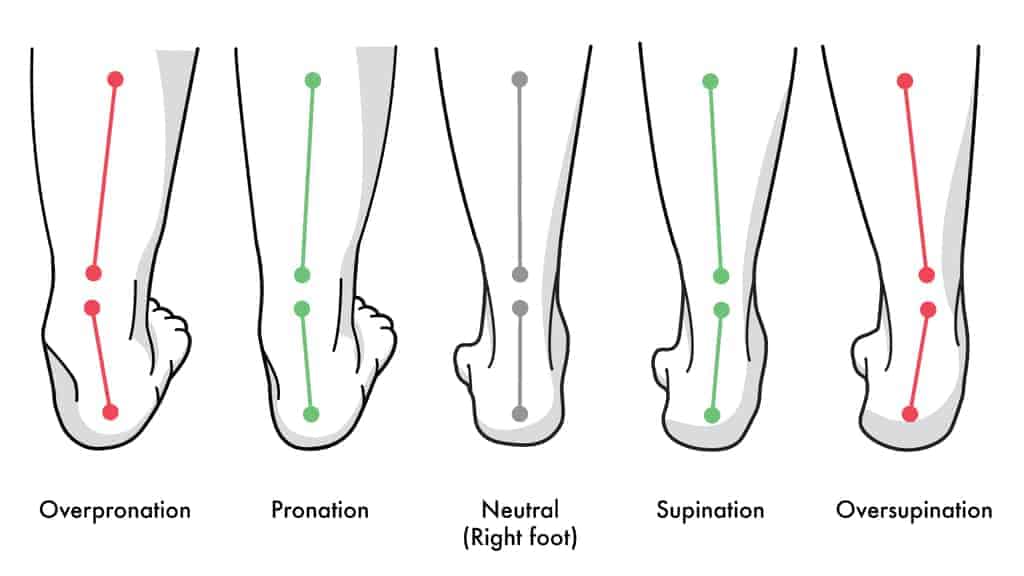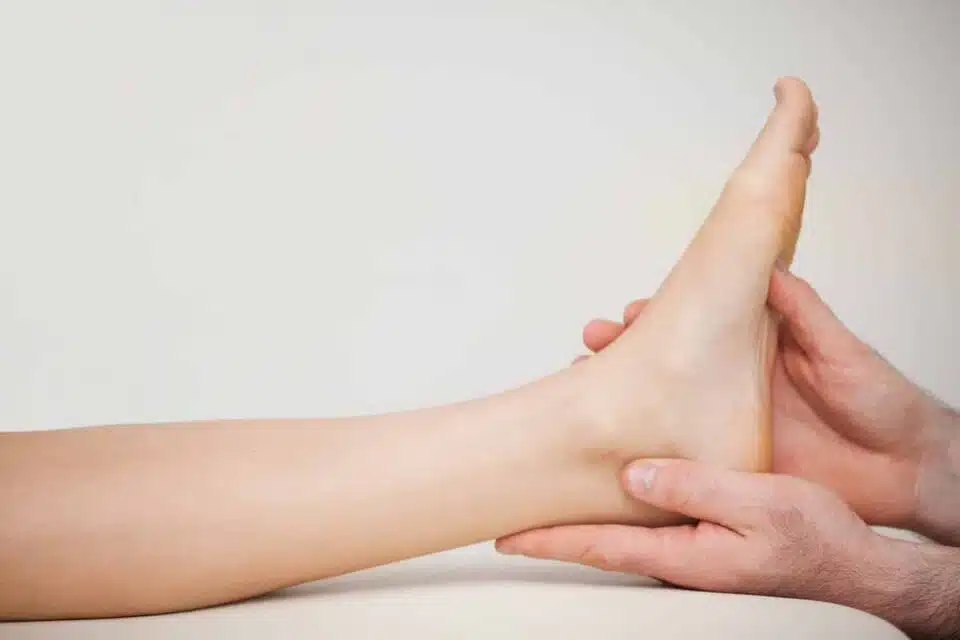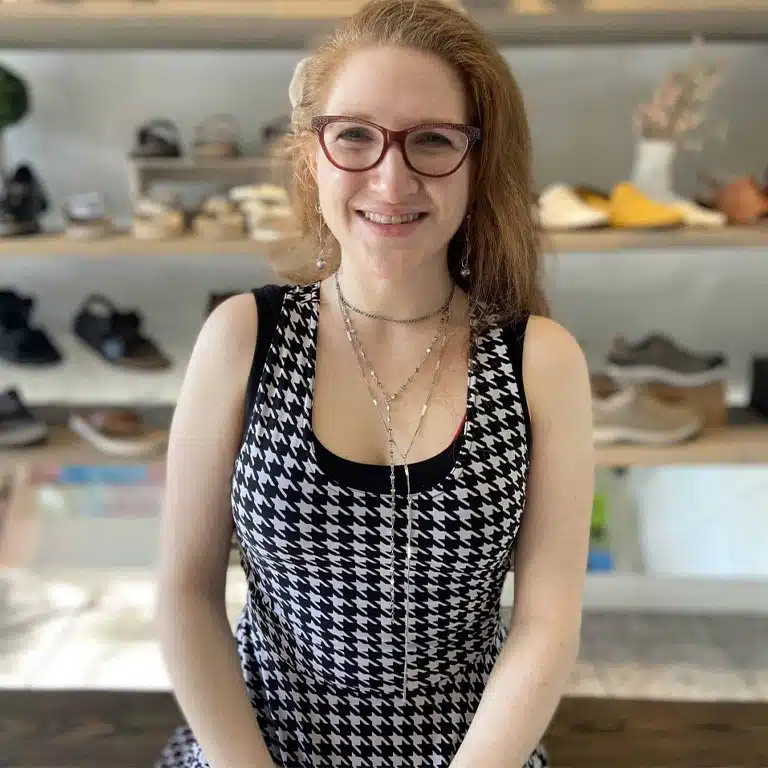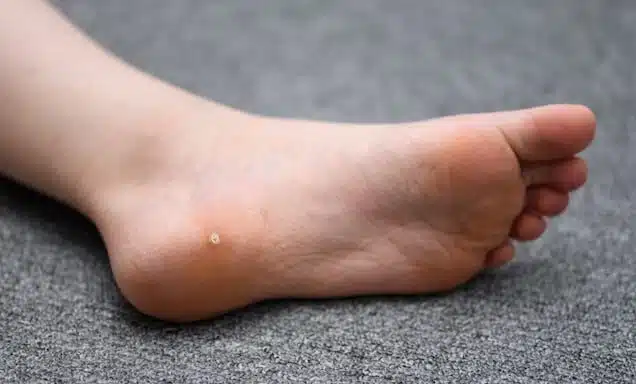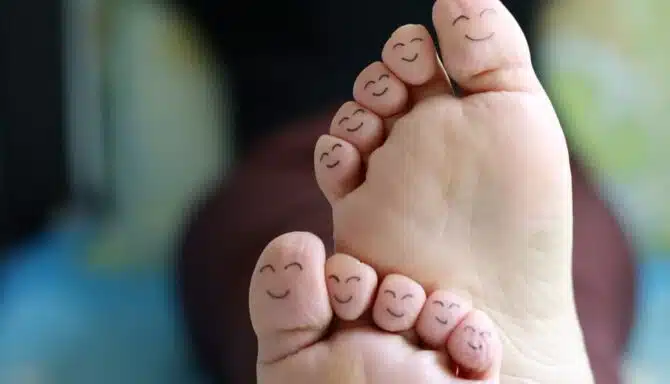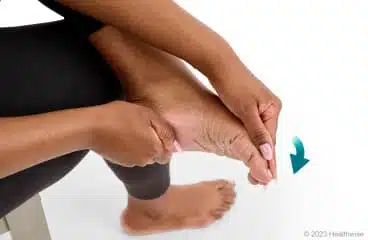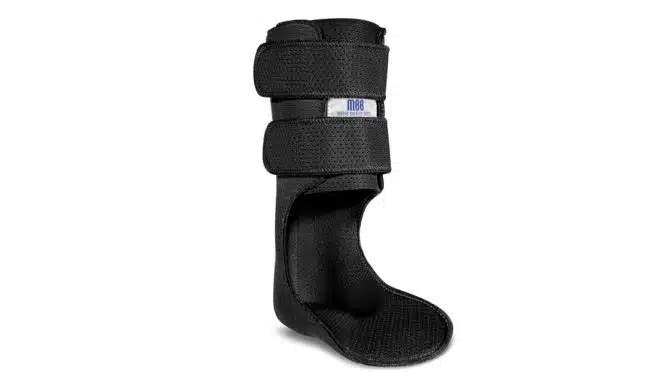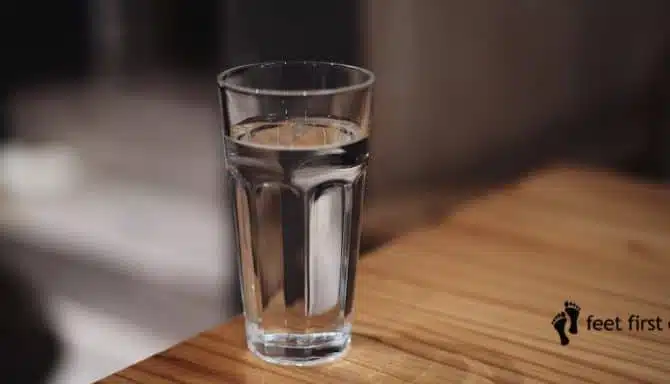Our gait, or the way we walk, is like our blueprint. It’s unique to every individual. But there are commonalities.
Gait reveals a lot about us: gait tells us how we distribute our weight when we walk, the parts of our feet which may experience too much or too little pressure, and areas of compensation. These features factor into our biomechanics – the mechanics of our body’s movement.
In this article, we’ll talk about how a simple biomechanical analysis can help you say goodbye to foot and ankle pain and improve your foot and ankle function.
What’s a biomechanical analysis?
Biomechanical analysis is a helpful tool for identifying and improving foot and ankle function. Biomechanical analysis can explain factors contributing to foot and ankle injuries or dysfunction, and develop interventions to improve function and reduce the risk of injury.
A biomechanical analysis also determines our gait and foot type. You may overpronate or supinate, which refers to how far inwards or outwards your ankle rolls when moving. An analysis can also provide details on your foot type: you may have high, medium, or low arches (flat feet).
There are three components to a typical biomechanical analysis.
- Range of motion assessment: A chiropodist examines your range of motion in the major joints of the foot, ankle, hip and knee. They will check how everything in your body is aligned and the symmetry between your body’s left and right sides. Generally, a higher range of motion is more ideal as it permits muscles and joints work together in unison equally.
- Weight-bearing assessment: A chiropodist investigates how your muscles and joints distribute weight through different movements.
- Gait analysis: A chiropodist carefully examines your gait to see how your feet, joints and muscles move when you walk. They will also examine how you distribute your body weight during each stage of your walking motion. Video analysis may be part of the gait analysis. Video gait analysis equipment records you from different angles while you walk on a treadmill and allows for slow-motion replays to pinpoint exact flaws or trends in your movement.
Once a biomechanical assessment is complete, a chiropodist can provide a treatment and prevention plan.
How do poor mechanics lead to foot conditions?
Abnormalities in your gait can lead to several foot and skin conditions due to uneven weight distribution. Over- or under-pronating (supination) creates a chain reaction in your feet and ankles every time you step by disrupting the proper distribution of weight and impact across your joints and muscles. Over time, specific muscle groups are over (or under) worked, which can cause irritation and, ultimately, pain and discomfort.
Common foot and ankle conditions that may stem from poor mechanics include:
- Bone and heel spurs
- Blisters
- Bunions
- Achilles tendonitis
- Plantar fasciitis
- Metatarsalgia
- Morton’s neuroma
- Capsulitis
How can a biomechanical analysis help your feet and ankles?
Once a biomechanical analysis is complete, clinicians and researchers can use the information to develop interventions to improve foot and ankle function. Improvements may include:
- Exercises to strengthen weak muscles
- Stretching to improve flexibility.
- Custom foot orthotics or footwear modifications to improve foot alignment. Orthotics are custom shoe inserts specific to your feet. Orthotics aim to correct or accommodate biomechanical abnormalities, foot deformities, and a variety of joint and muscle conditions (i.e., arthritis) to improve your gait and manage pain. They do this by redistributing the force and pressure placed on our muscles and joints when we move.
Overall, biomechanical analysis can be a valuable tool for improving foot and ankle function, thereby reducing the risk of injury. By identifying factors contributing to foot and ankle problems and developing targeted interventions, clinicians and researchers can help individuals maintain healthy, pain-free feet and ankles.
Who can benefit from a biomechanical analysis?
Many people can benefit from a biomechanical analysis to better understand their feet and how they move. A biomechanical analysis can be helpful for those looking to improve their physical performance or function, whether for sports, work, or everyday activities. In addition, those who spend a lot of time on their feet, patients with physical disabilities, and anyone who experiences foot and ankle pain can benefit from a biomechanical assessment.
